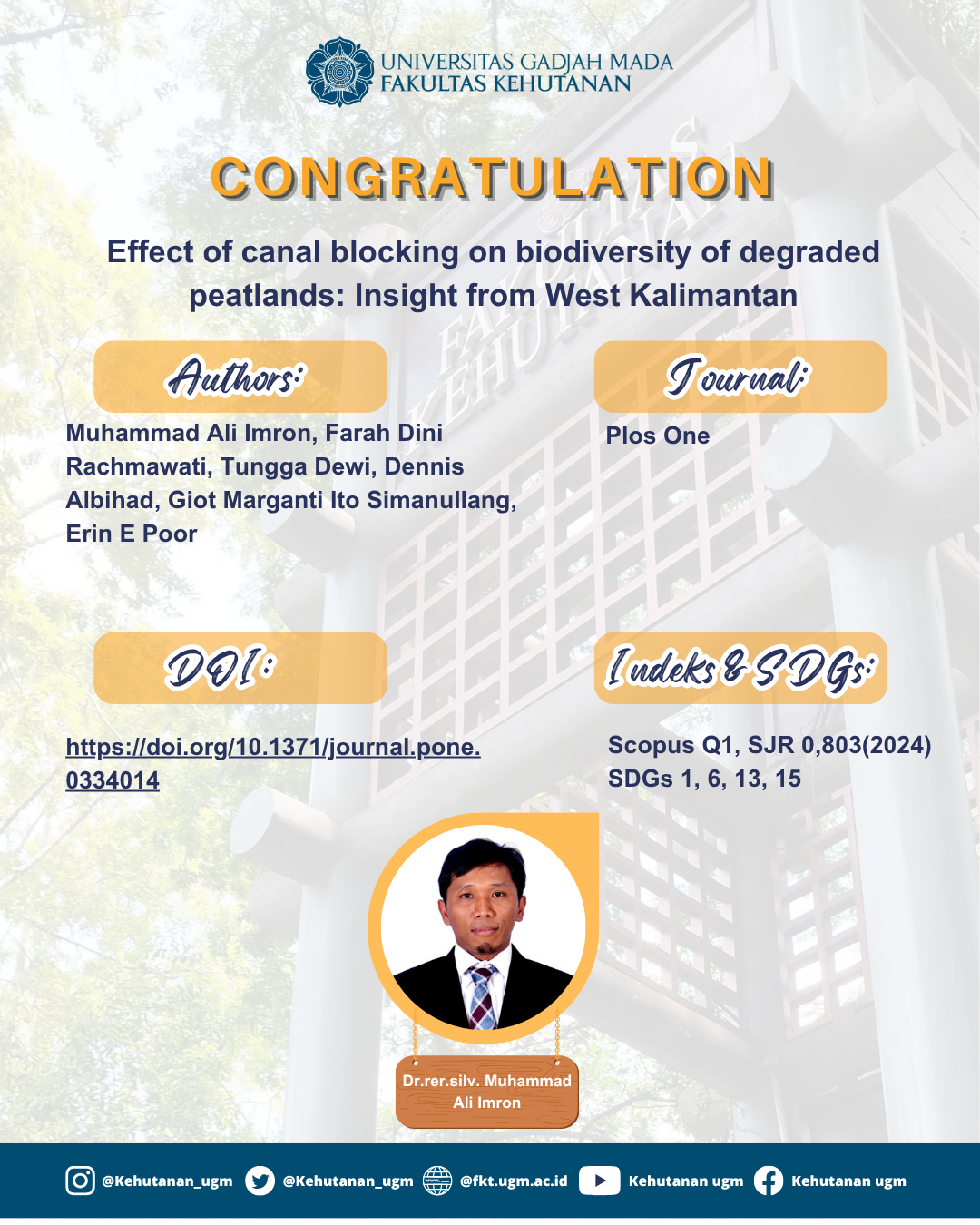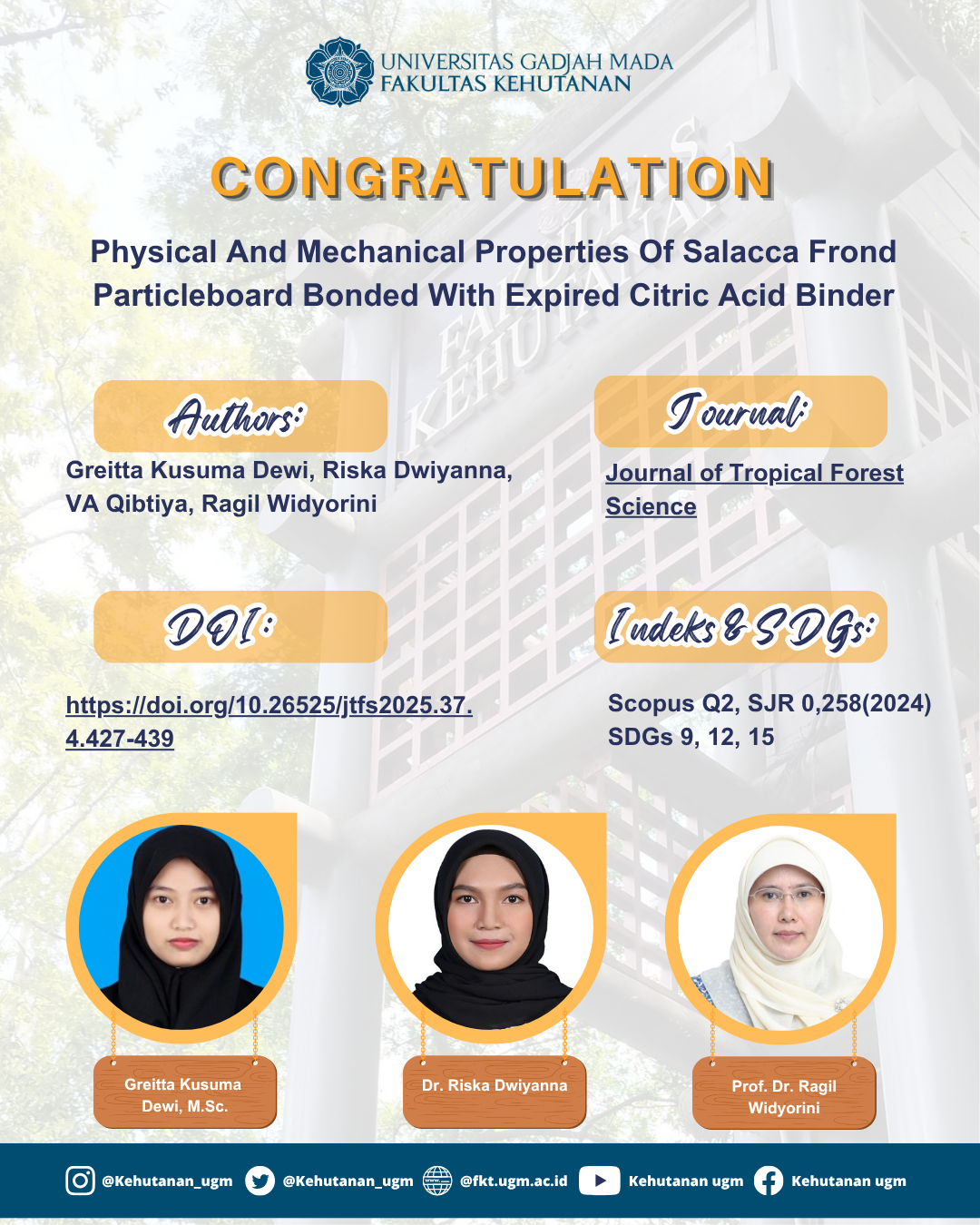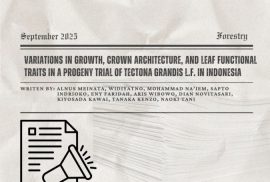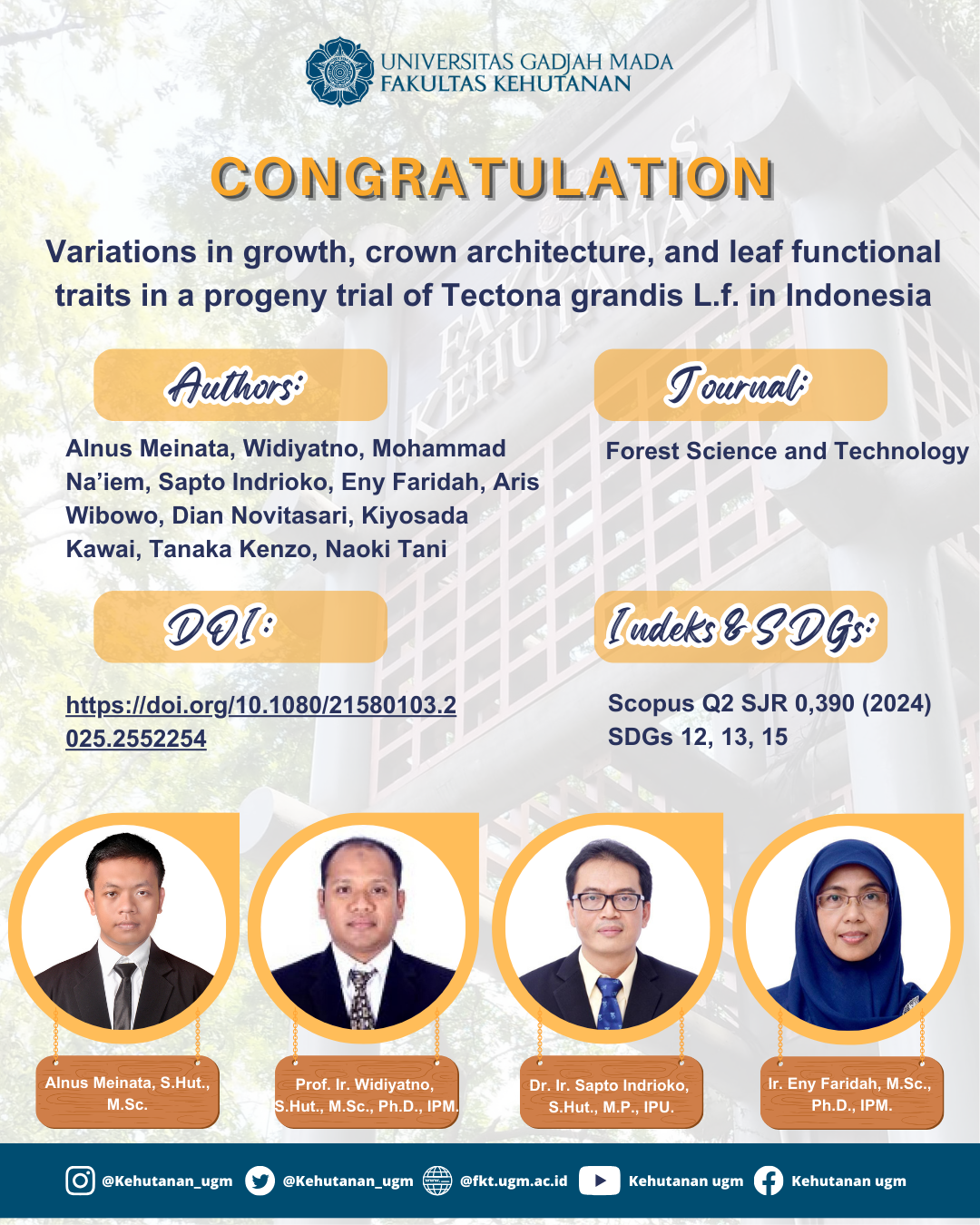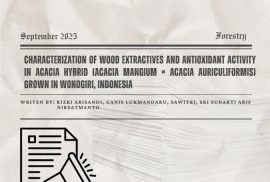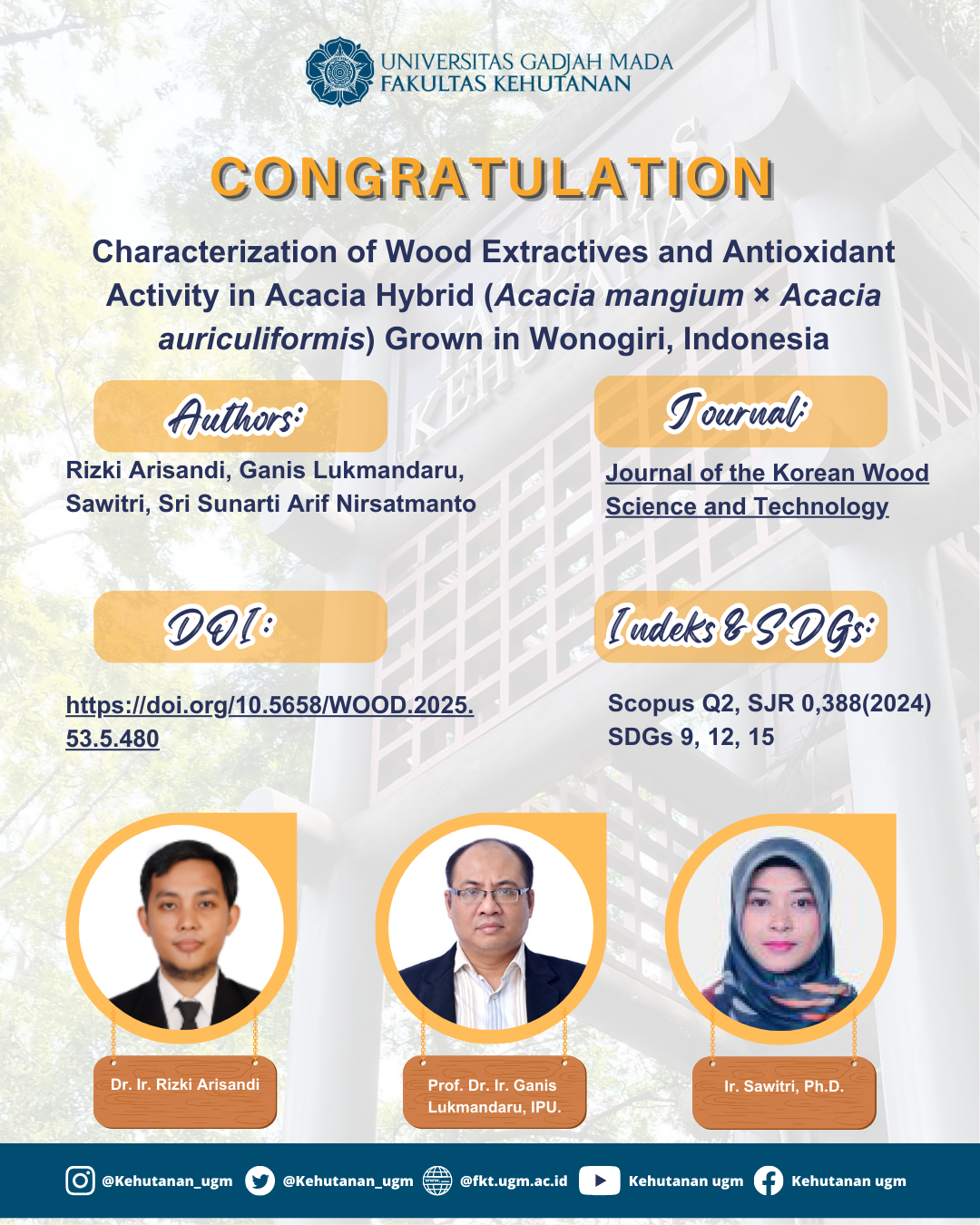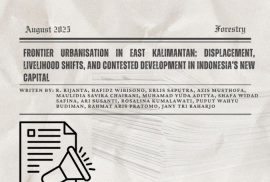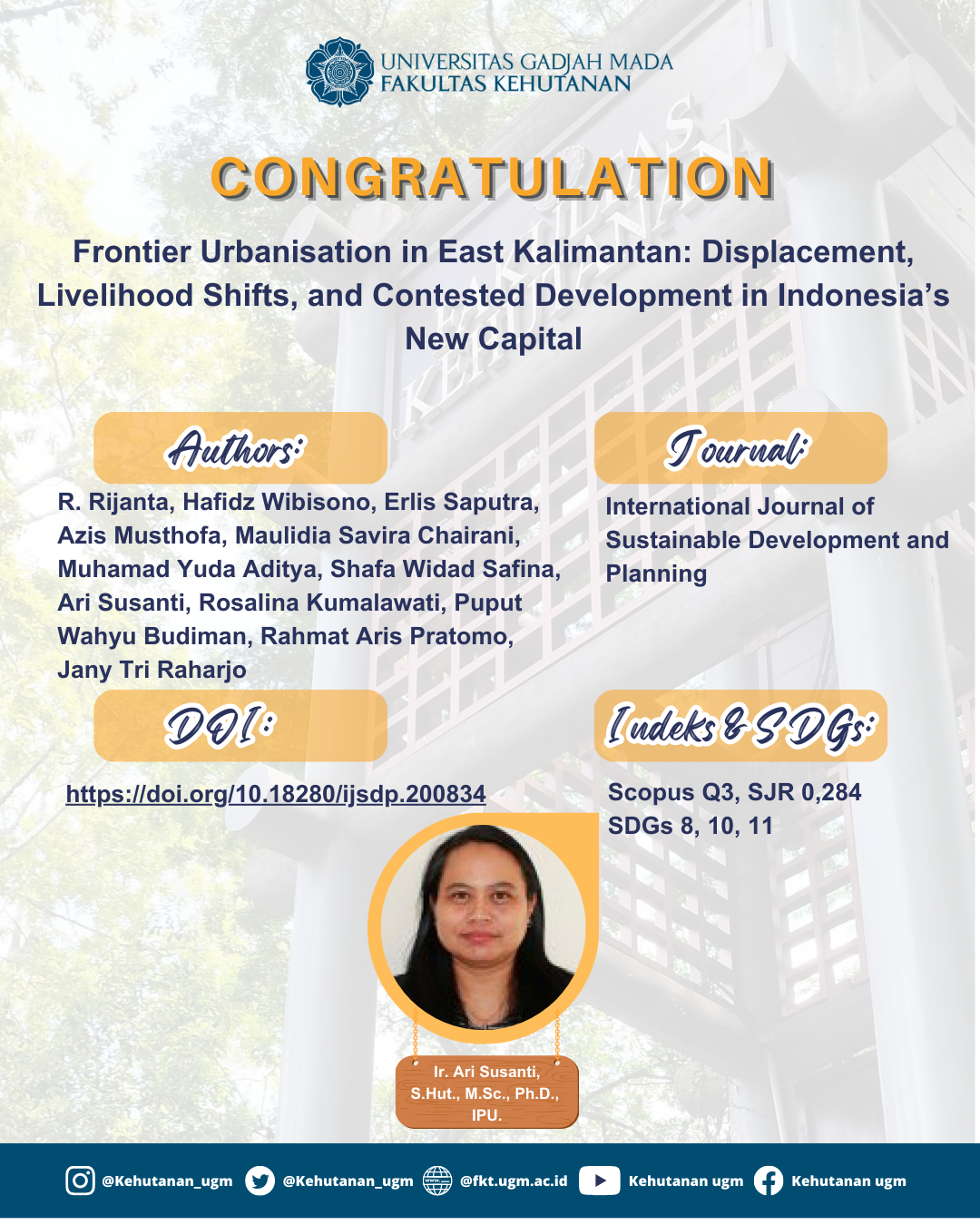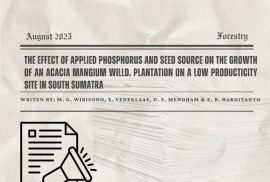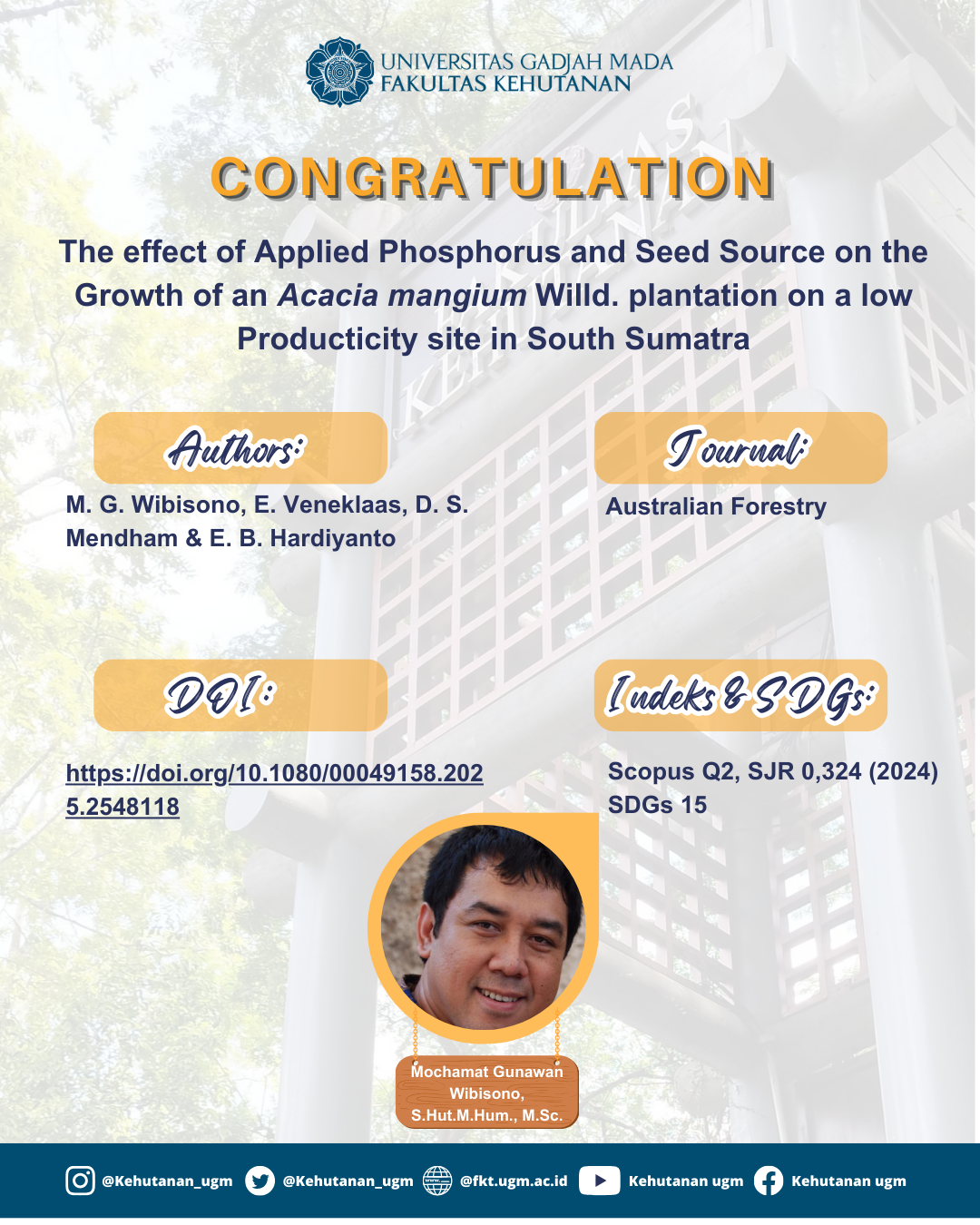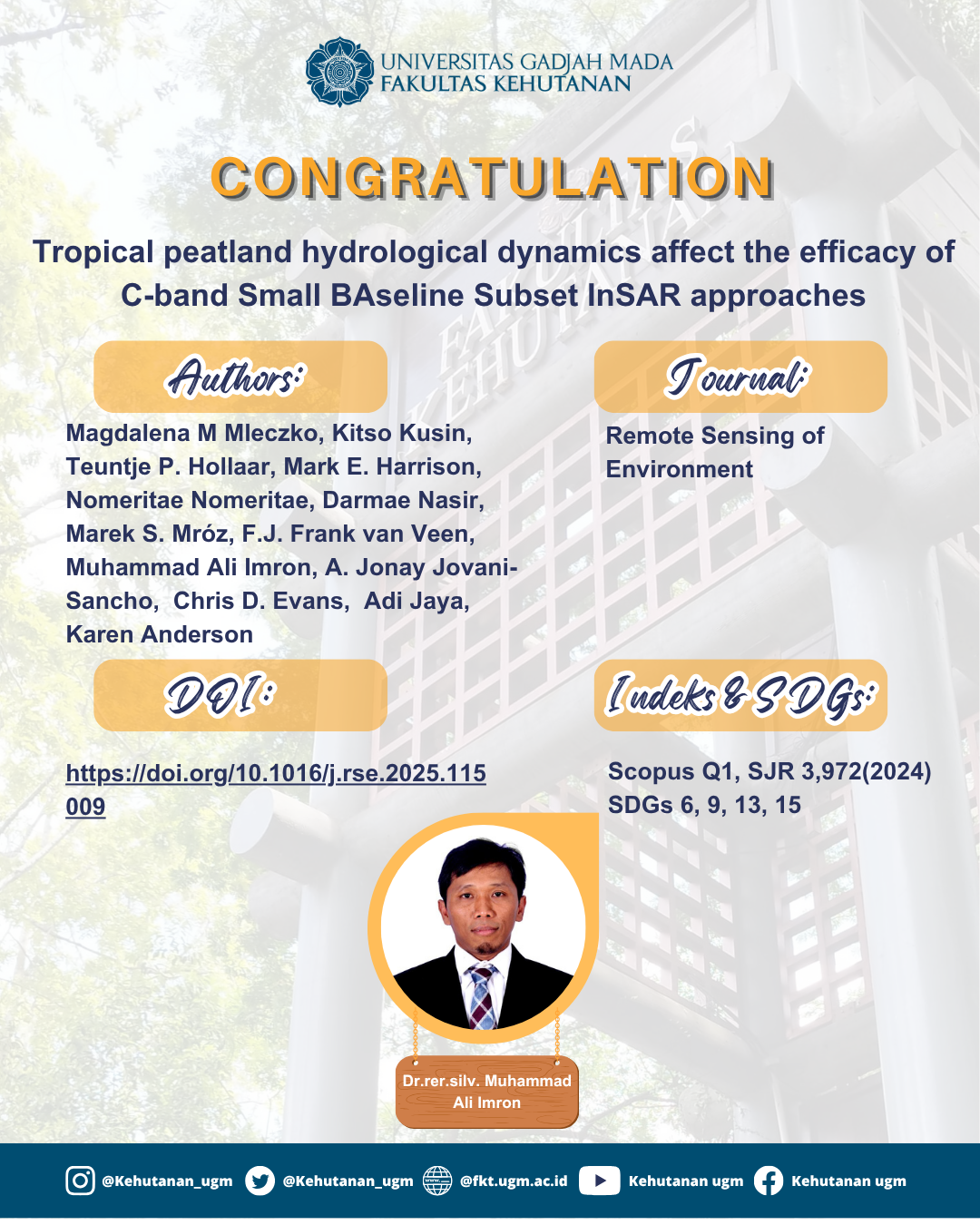
Abstract
Tropical peatlands storing ∼18–25 % of global peat volume contribute significantly to the global carbon cycle. To balance preservation and protection of tropical peatlands requires assessment of their ecohydrological conditions and continuous monitoring through seasons. This is challenging to achieve using in situ sampling, but there is a great promise to use C-band Sentinel-1 data for this due to its weather-independence, and particularly its increased



